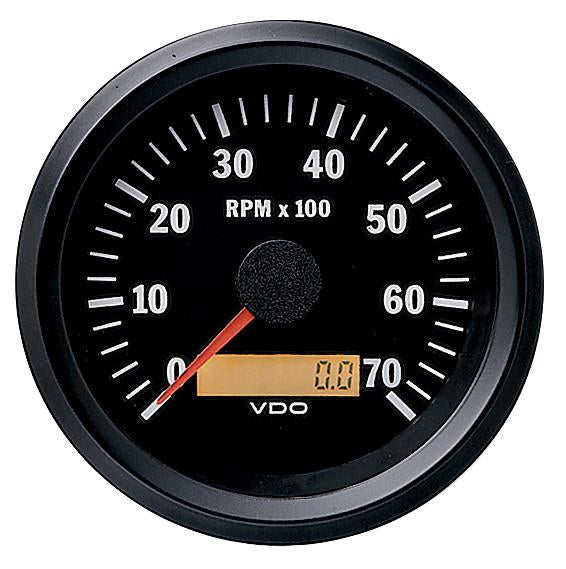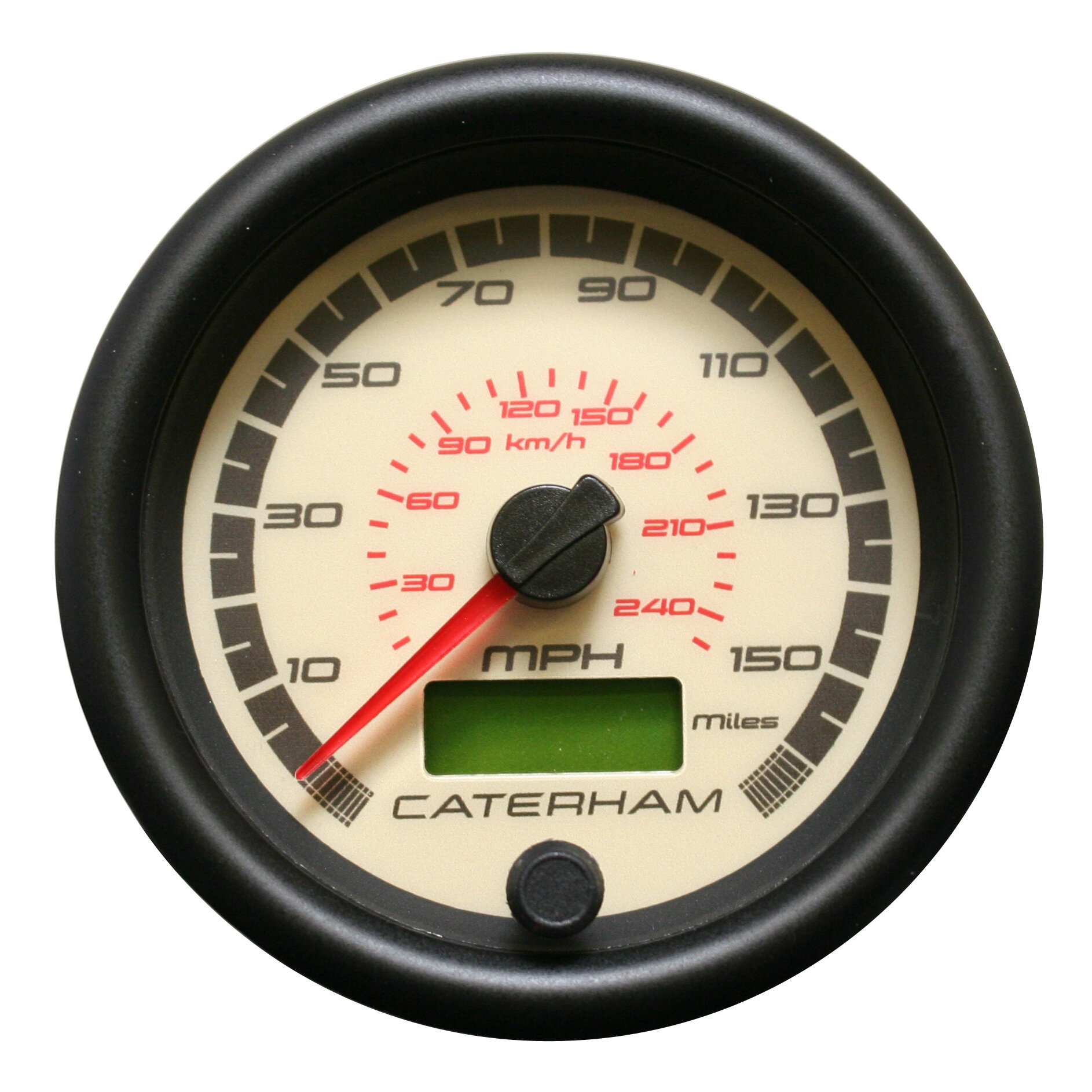The Benefits of Setting Up a Tachometer in Your Vehicle
The Importance of a Tachometer in Monitoring Engine Rate and Performance in Automotive Applications
In the realm of vehicle design, the tachometer stands as a crucial instrument in the motorist's arsenal, providing a direct window into the inner functions of an automobile's engine. Past its feature as a mere gauge of changes per min (RPM), the tachometer offers as a crucial tool for enthusiasts and professionals alike, providing real-time insights into engine performance and health.
Significance of Monitoring Engine RPM
Keeping an eye on engine RPM, or transformations per min, is a critical aspect of auto upkeep and performance analysis. Engine RPM straight correlates with the rate at which the engine's crankshaft turns, suggesting how promptly the engine is running.
Additionally, checking engine RPM is important for efficiency evaluation in racing and high-performance cars. In recap, monitoring engine RPM is not only crucial for detecting problems however additionally for optimizing engine performance in different auto applications.

Advantages of Real-Time Information
In automotive applications, real-time information plays an important function in supplying instantaneous understandings right into the efficiency and condition of the lorry. By continuously keeping track of numerous parameters such as engine rate, temperature level, gas usage, and more, real-time data offers numerous benefits that add to improved performance and safety and security when driving.
One substantial benefit of real-time data is its capability to alert drivers and specialists to any type of anomalies or issues quickly. This proactive approach makes it possible for quick recognition of prospective issues, enabling timely treatments to stop more damage or failures. In addition, real-time information assists in performance optimization by providing prompt comments on driving practices and engine performance. Drivers can readjust their habits in real-time based on this details to attain much better fuel economic situation and prolong the life expectancy of their car.

Furthermore, real-time information plays an important duty in contemporary automotive diagnostics, making it possible for specialists to promptly detect and deal with breakdowns. This results in decreased downtime, reduced maintenance costs, and eventually, improved general car reliability and longevity (tachometer). By harnessing the power of real-time information, auto stakeholders can make informed choices that favorably affect both the efficiency and longevity of the automobile
Influence on Equipment Shifts
The tachometer plays a critical function in enhancing gear shifts by offering real-time engine rate data to the vehicle driver. When approaching the redline on the tachometer, it signifies the driver to upshift to avoid over-revving the engine and causing prospective damages.
Additionally, the tachometer help in attaining smoother equipment shifts, particularly in hand-operated transmissions. By checking engine rate, chauffeurs can execute content equipment shifts at the ideal RPM range, lowering snagging motions and lessening endure the transmission elements. This accuracy in gear changes not just boosts driving comfort however likewise adds to fuel efficiency.
Enhancing Gas Efficiency
Provided the crucial role the tachometer plays in maximizing equipment shifts for efficiency and engine health, it directly contributes to maximizing gas performance in automobile applications. By offering real-time feedback on engine speed, the tachometer assists chauffeurs in maintaining one of the most efficient RPM array for fuel economic climate. When vehicle drivers regularly keep track of the tachometer and change their motoring routines appropriately, they can stay clear of unneeded fuel intake triggered by over-revving or hauling the engine.
Moreover, the tachometer helps chauffeurs identify one of the most fuel-efficient equipment to be in at any provided moment, protecting against the engine from functioning tougher than necessary. This is specifically important during velocity and travelling, where remaining in the ideal equipment can considerably influence fuel efficiency. Furthermore, the tachometer can notify vehicle drivers to potential mechanical problems that can be adversely impacting gas economy, such as a sliding clutch or a blocked air filter. Finally, the tachometer works as a valuable device in boosting fuel effectiveness Read Full Article by advertising ideal driving behaviors and identifying areas for renovation in the automobile's efficiency.

Optimizing Engine Long Life
The tachometer's duty in keeping an eye on engine rate and performance is crucial in ensuring the longevity of automobile engines. Monitoring the tachometer permits motorists to remain within the suggested RPM array for their car, protecting against unneeded pressure on the engine and prolonging its life-span.

Final Thought
In final thought, the tachometer plays a vital function in monitoring engine rate and performance in vehicle applications. By offering real-time data on RPM, it enables efficient equipment shifts, boosted gas efficiency, and taken full advantage of engine long life. This tool is essential for preserving optimal engine performance and making sure the overall capability of a car.